-
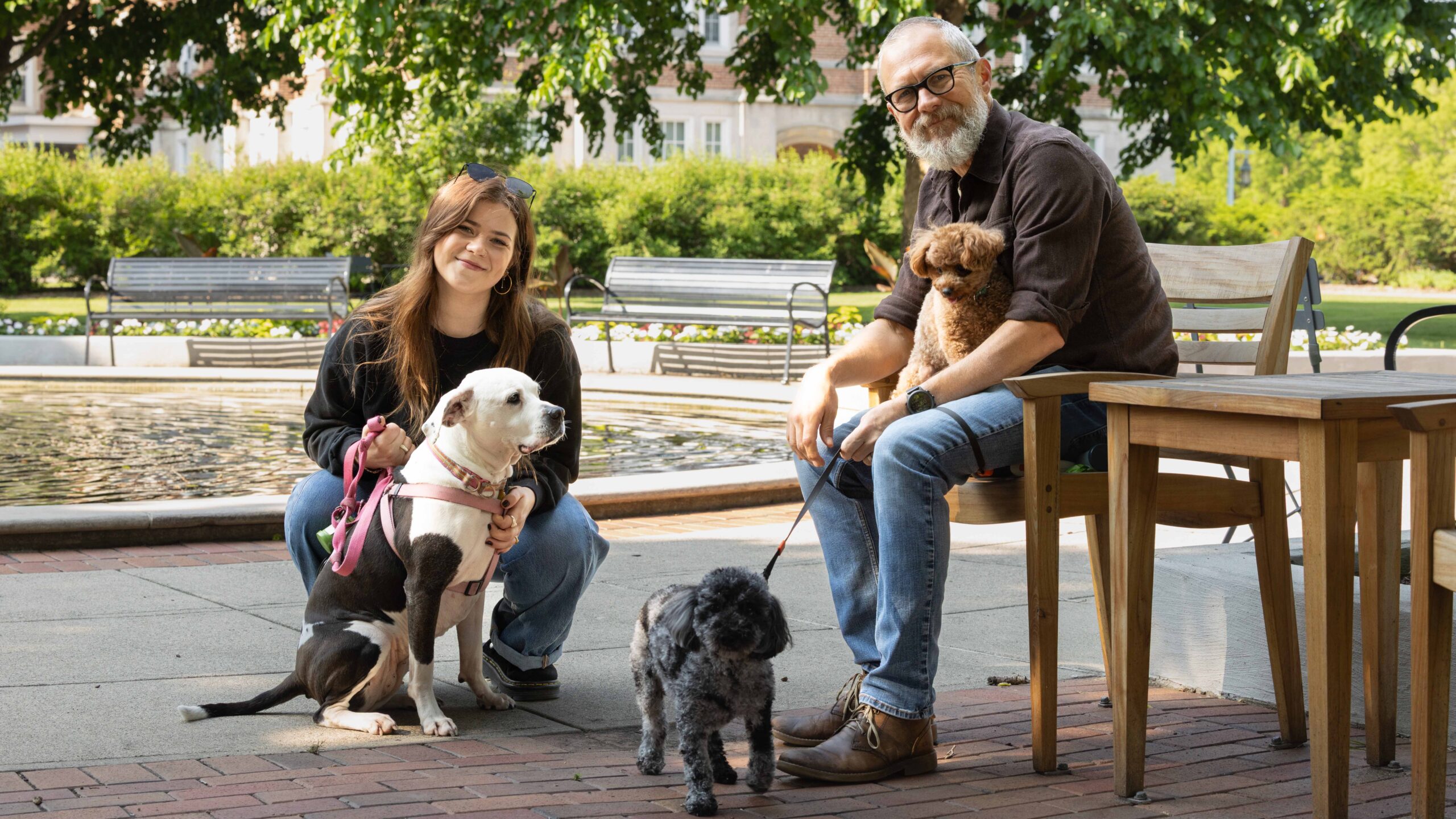
MSU helps advance efforts to reduce ligament injury in dog knee replacements
Posted on June 16, 2025 Author Louise Henderson An unexpected collaboration between forensic anthropologists and veterinarians could help reduce ligament injuries during total knee replacement (TKR) surgeries in dogs. Dr. Joe Hefner, a forensic anthropologist, and Savannah Holcombe, a doctoral student at Michigan State University (MSU), partnered with researchers from MSU’s College of Veterinary Medicine […]
-
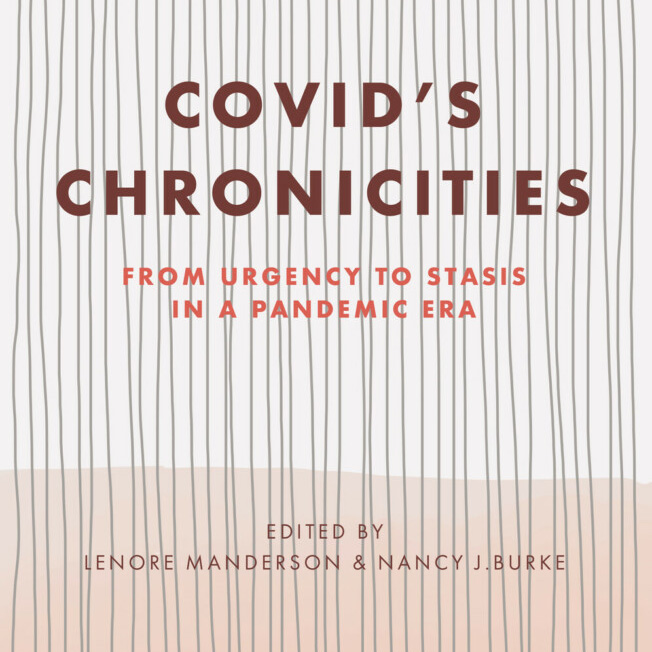
Anthropology researchers examine COVID-19’s ongoing impact on families and nations
Posted onMay 28, 2025AuthorLouise Henderson A new open-access publication features the work of Dr. Heather Howard, associate professor of anthropology at Michigan State University, and MSU doctoral candidate Priyanka Jayakodi. The book, titled Covid’s Chronicities: From Urgency to Stasis in a Pandemic Era, examines how the COVID-19 pandemic has evolved from a global emergency to a state […]
-
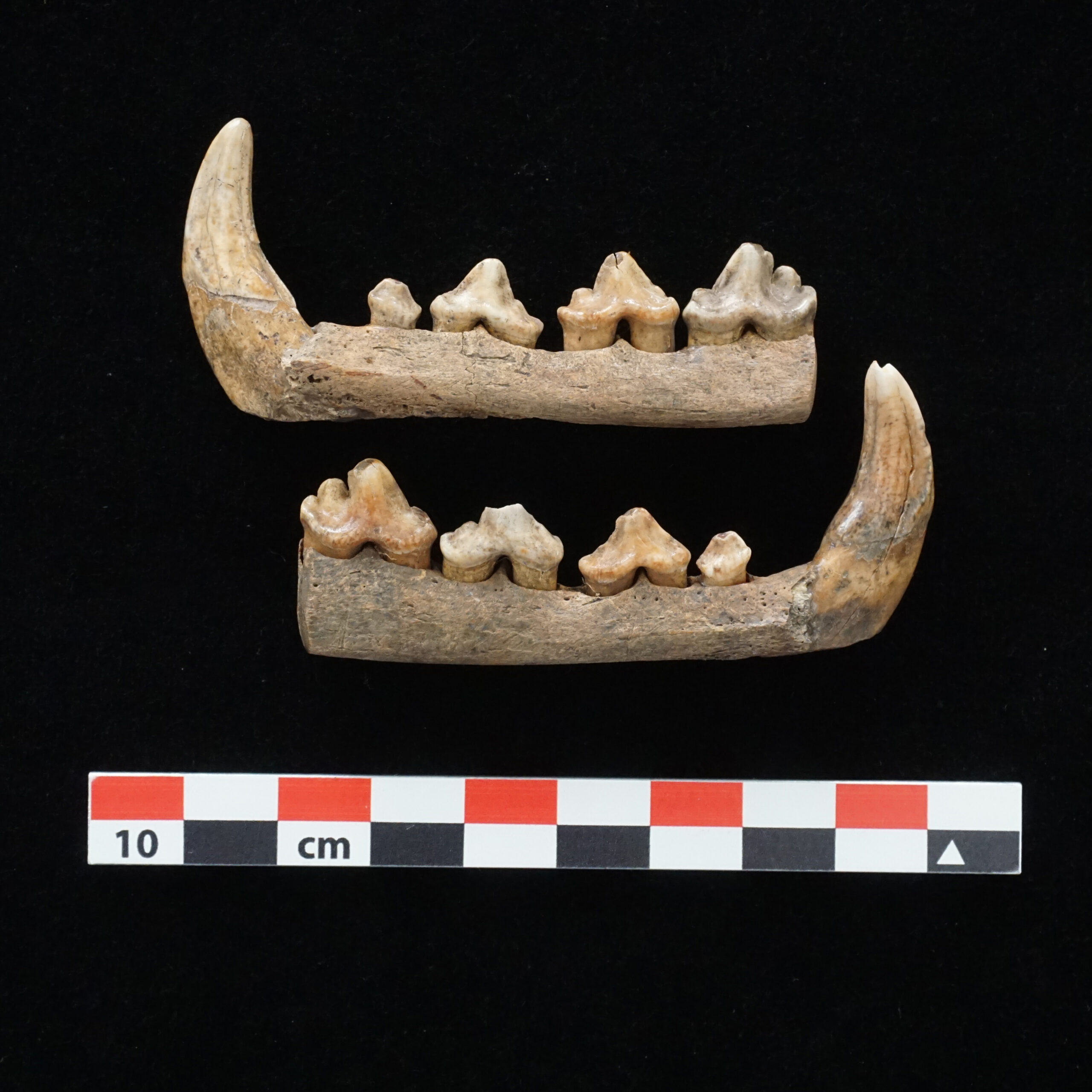
Discovery of ancient wolf mandibles links the Illinois Hopewell to Michigan
May 28, 2025 Author Louise Henderson The discovery of two 2,000-year-old modified wolf mandibles has provided new insight linking the Illinois Hopewell to southern Michigan. Professor Emeritus Dr. William Lovis of the Department of Anthropology at Michigan State University and the late Maurice O. Haag published an article in Illinois Archaeology, “Cut and Polished Wolf Mandible […]
-
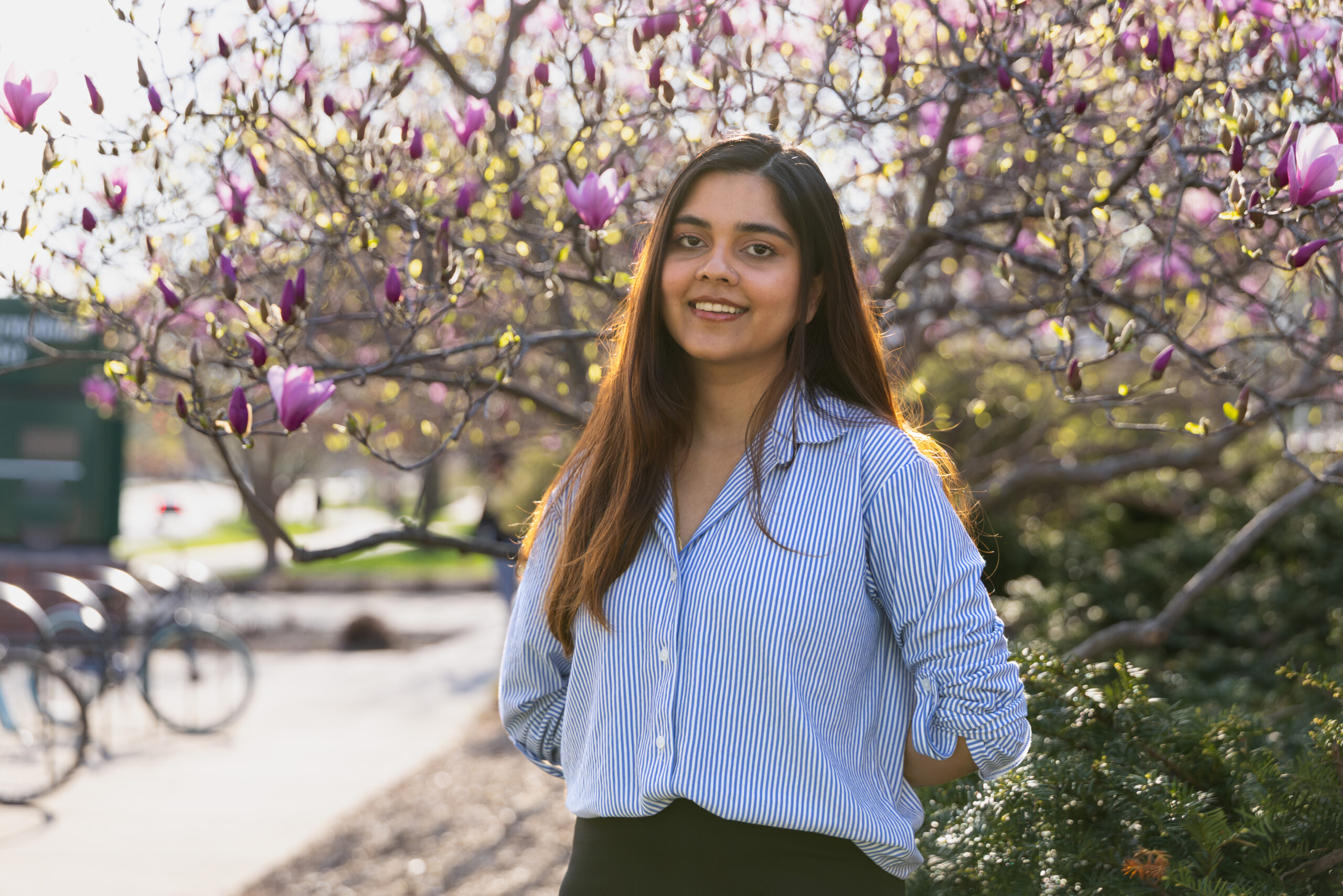
Anthropology doctoral student Gungun Islam wins Shao Chang Lee Award
Gungun Islam, an anthropology doctoral student, won first place in the 2024-2025 Shao Chang Lee Best Paper Competition. Islam said receiving this award was a ‘powerful reminder’ that her research is significant. “It’s rewarding to see my hard work, long hours of research, and emotional investment in the topic recognized in such a tangible way,” she […]
-
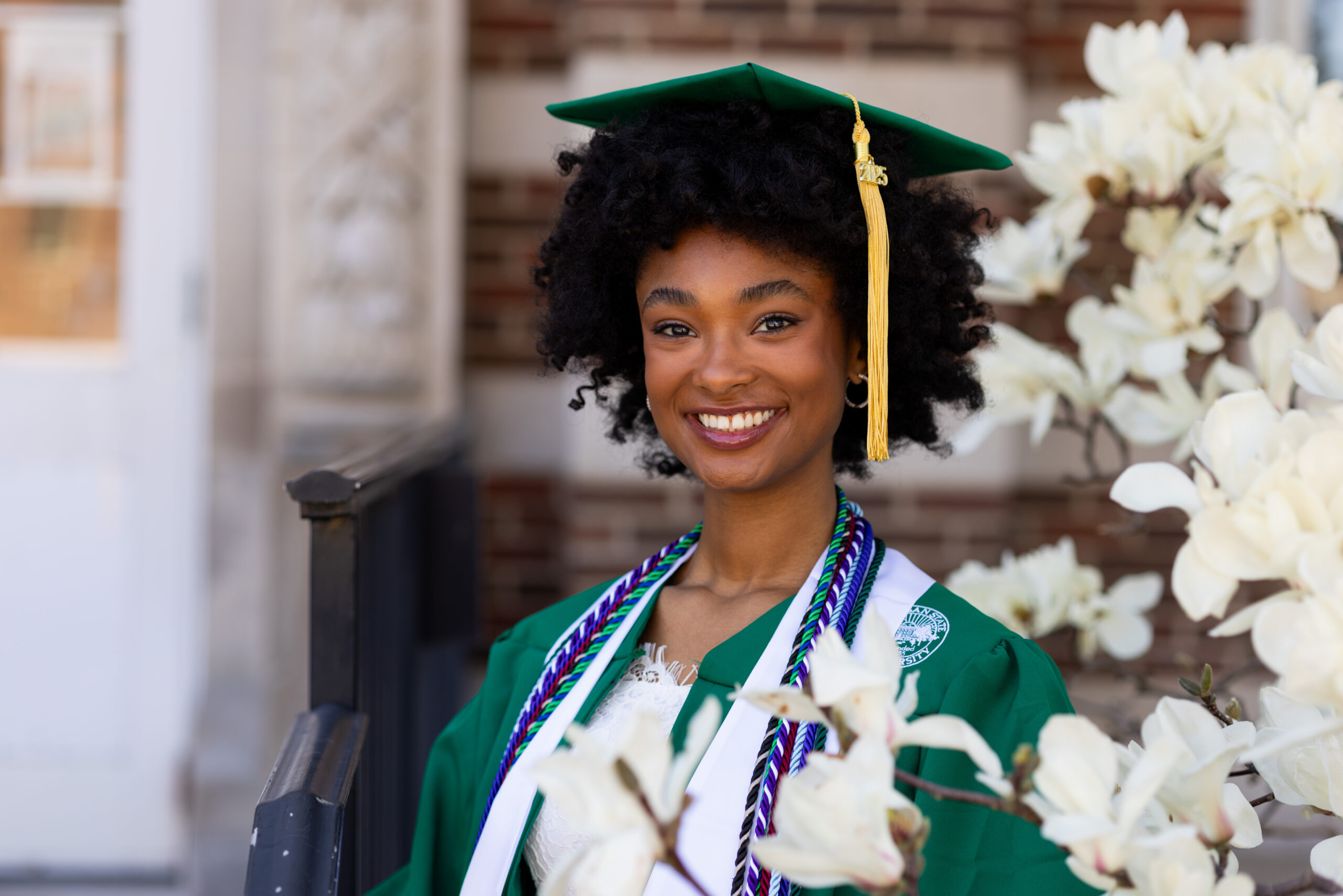
From Passion to Purpose: Adena Norwood’s Inspiring Journey to Commencement Speaker
It’s one of those rare warm and sunny days in early April when I meet Adena Norwood for the first time. The sky is perfectly blue, and for a minute, I remember why I enjoy living in Michigan. As I walk into a local East Lansing coffee shop, I hear the barista call Adena’s name. […]
-
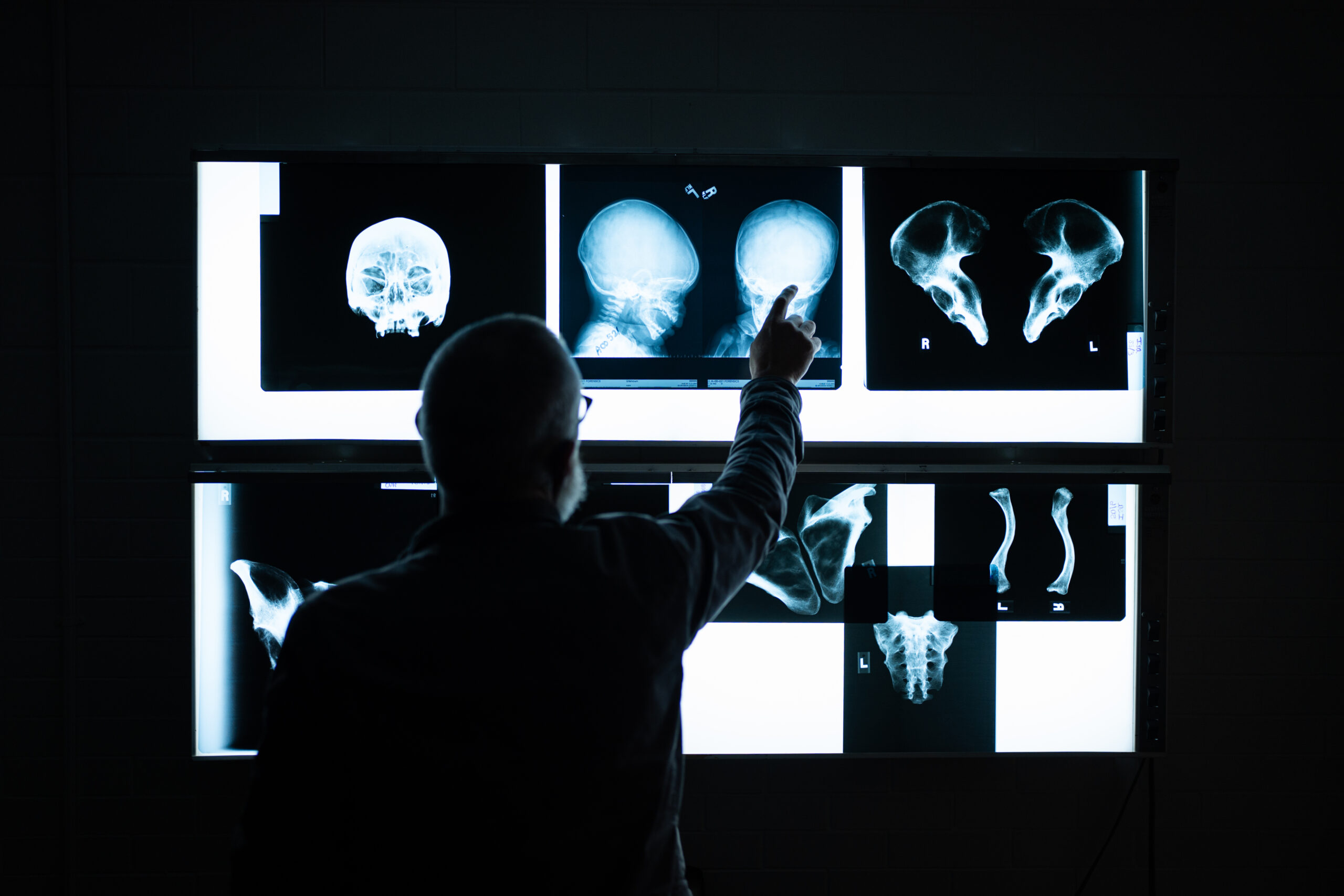
MSU to create first-of-its-kind database for analyzing human remains
By: Alex Tekip When a medical examiner needs help identifying a deceased person and determining how that person died, they turn to forensic anthropologists. To aid in the identification of unknown human remains, forensic anthropologists are often called upon to create a biological profile, or an estimation of the unknown individual’s age, biological sex, social […]
-
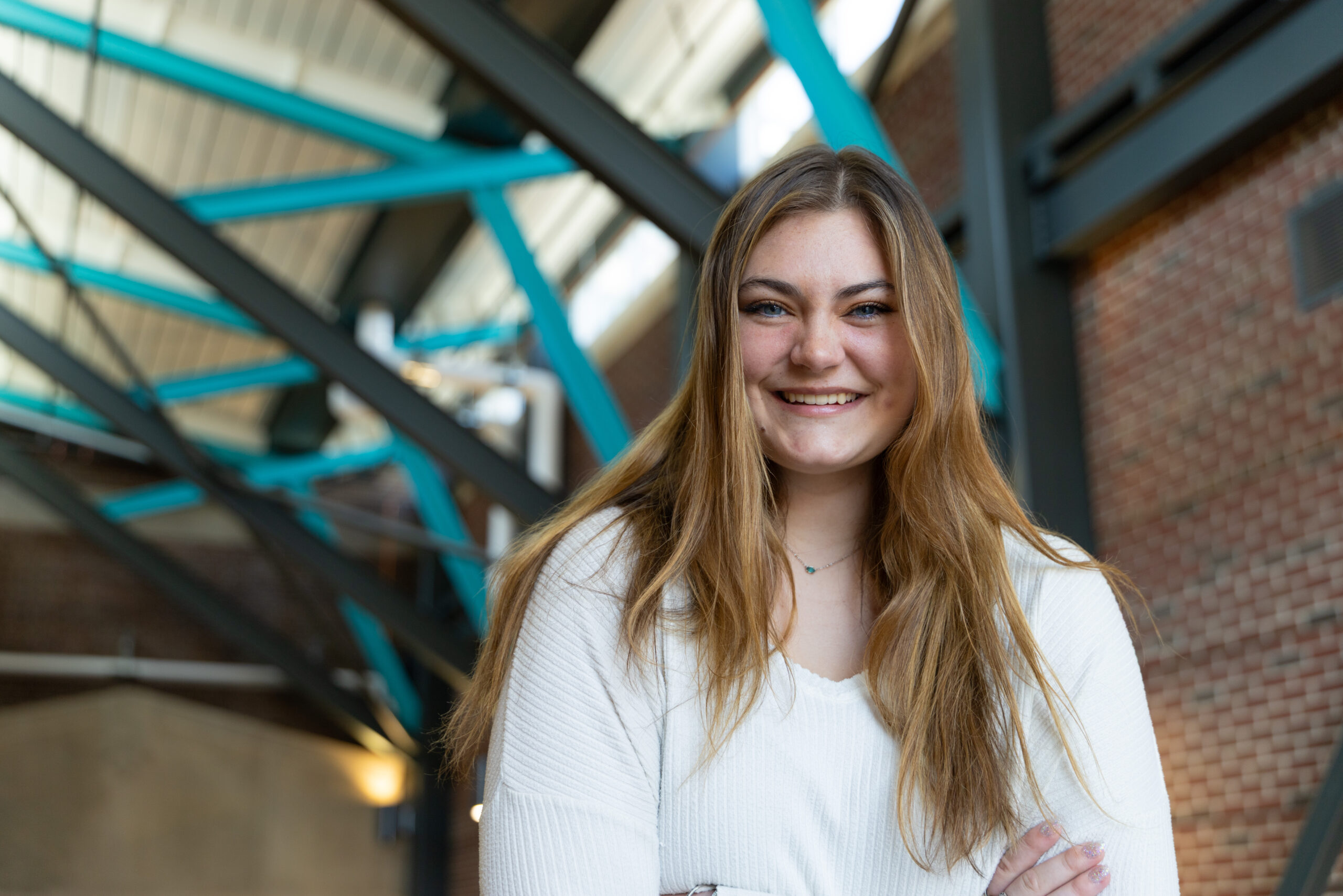
Anthropology student wins Outstanding Student Award for Undergraduate Research
Melissa Teja, a junior majoring in anthropology, started her journey at Michigan State University (MSU) seeking a communications degree. But after taking Introduction to Archaeology and participating in a study abroad field school in Belize her freshmen year, something changed her mind. “I cannot think of a month that went better for me, where I […]
-
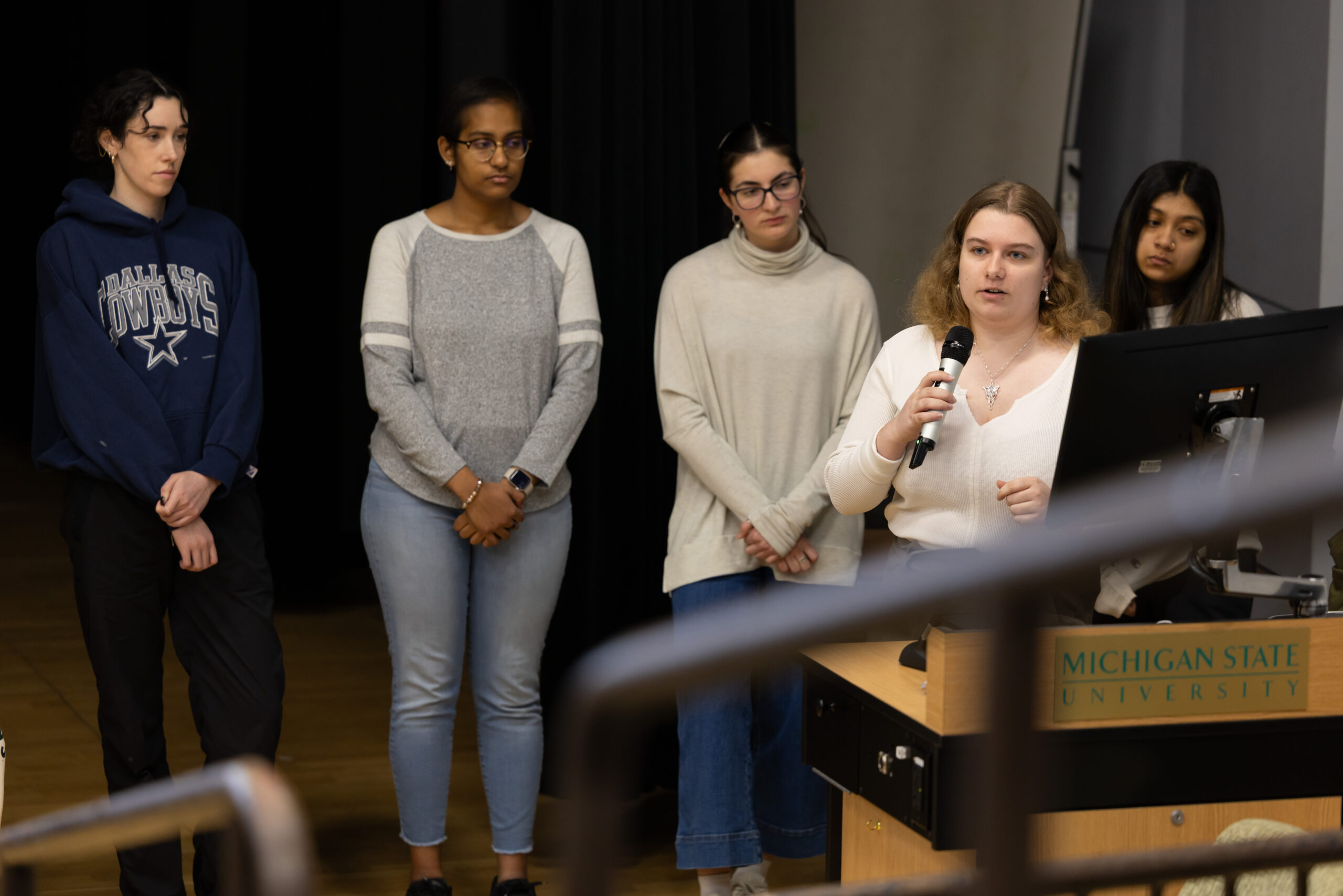
Spartan Spotlight: Claire Siegert
Last week, we had the opportunity to visit Dr. Monir Moniruzzaman’s Medical Anthropology class during student presentations. Claire Siegert, a sophomore anthropology student, and her group presented on a case study discussing global health issues and programs. Discover her story and learn how this class broadened her perspectives. What interested you about obtaining a degree […]
-

MSU forensic anthropologists use AI to enhance and accelerate human identification
An interdisciplinary team comprising of faculty and doctorial students from the Department of Anthropology and Computer Science and Engineering, have found a way to use artificial intelligence (AI) to help forensic anthropologists identify individuals faster and more efficiently. Members of the Michigan State University Forensic Anthropology Lab (MSUFAL), including Dr. Carolyn Isaac, Dr. Todd […]
-

MSU student to aid in identifying missing military personnel through internship
According to Defense POW/MIA Accounting Agency (DPAA), approximately 81,096 military personnel remain unaccounted for. Allison Thomson wants to change that. Thomson, senior anthropology undergraduate at Michigan State University (MSU), was selected for an internship with the DPAA in Omaha, Nebraska. Out of 135 applications, Thomson was one of six students selected. “I was incredibly excited […]